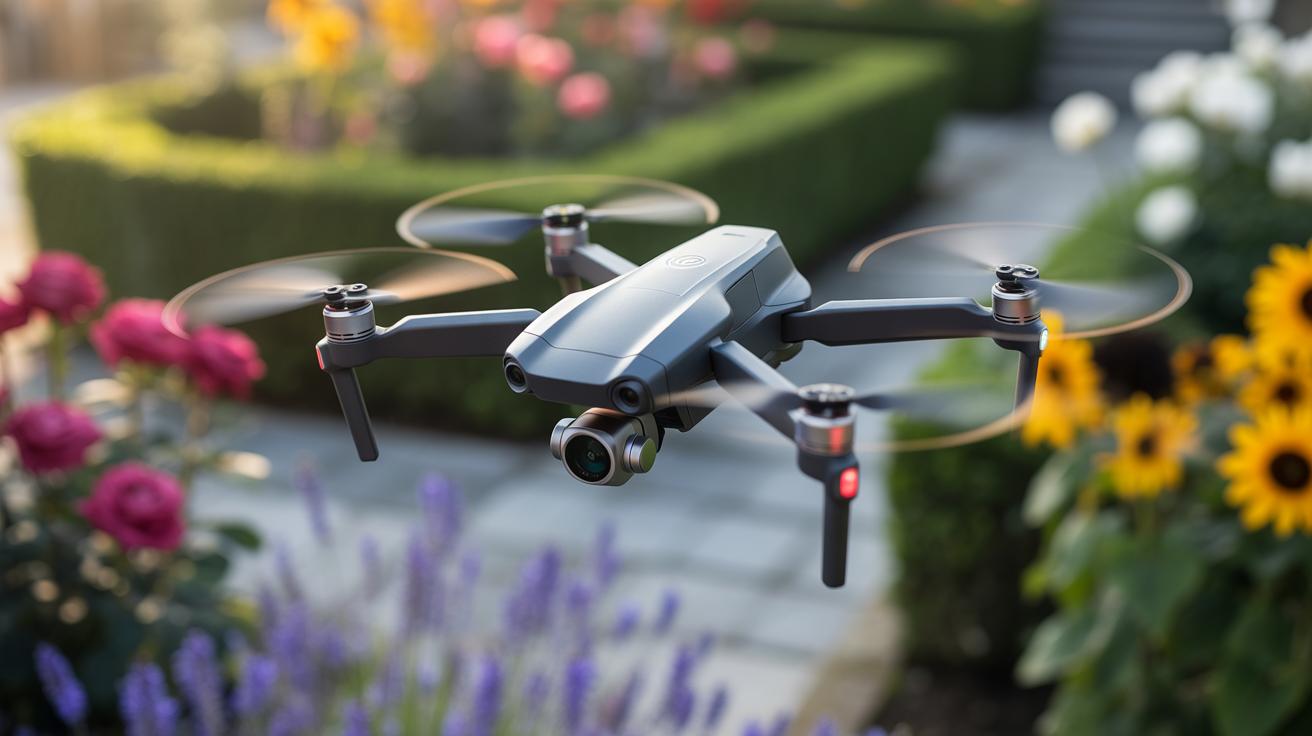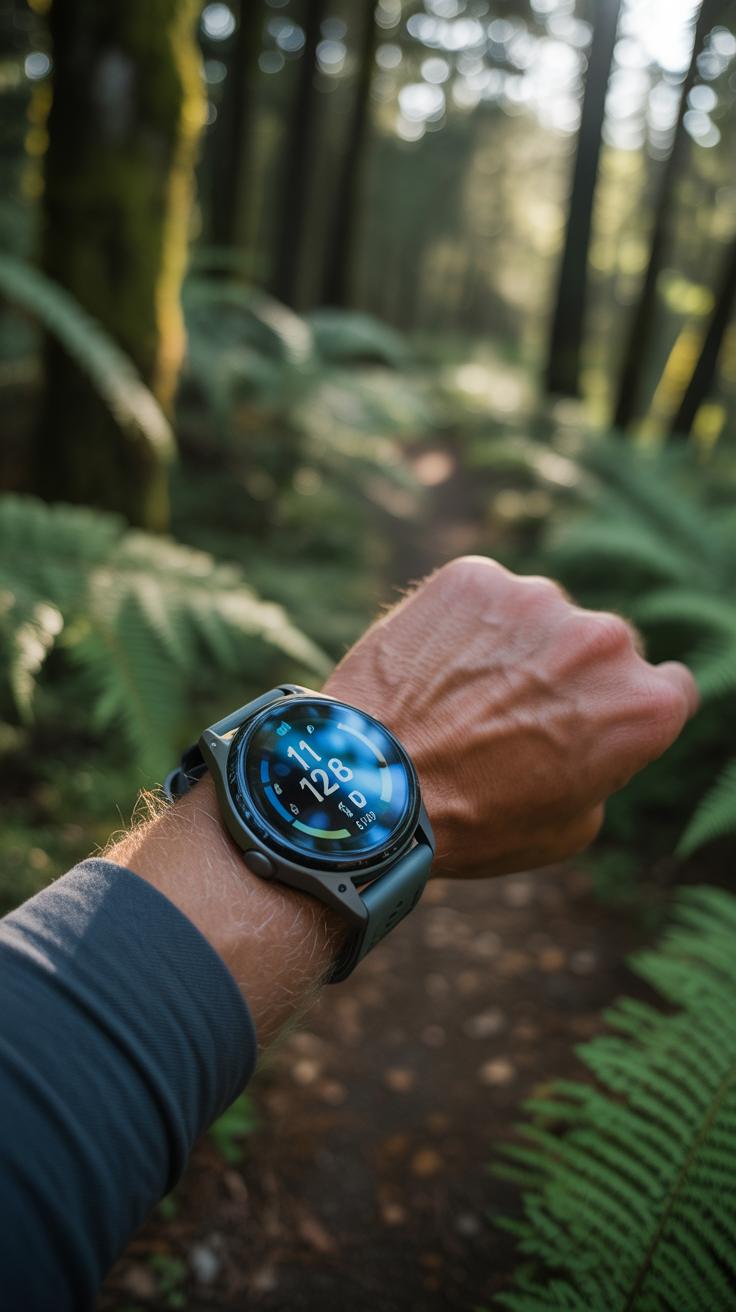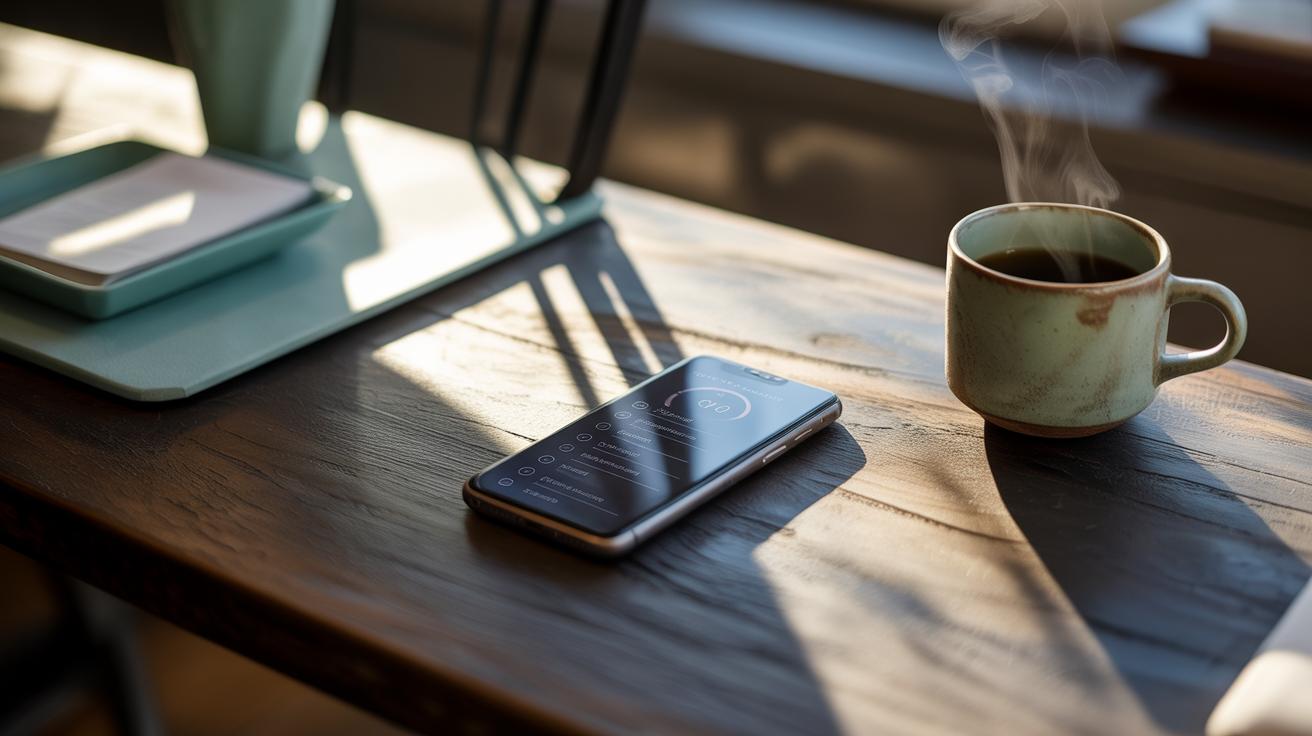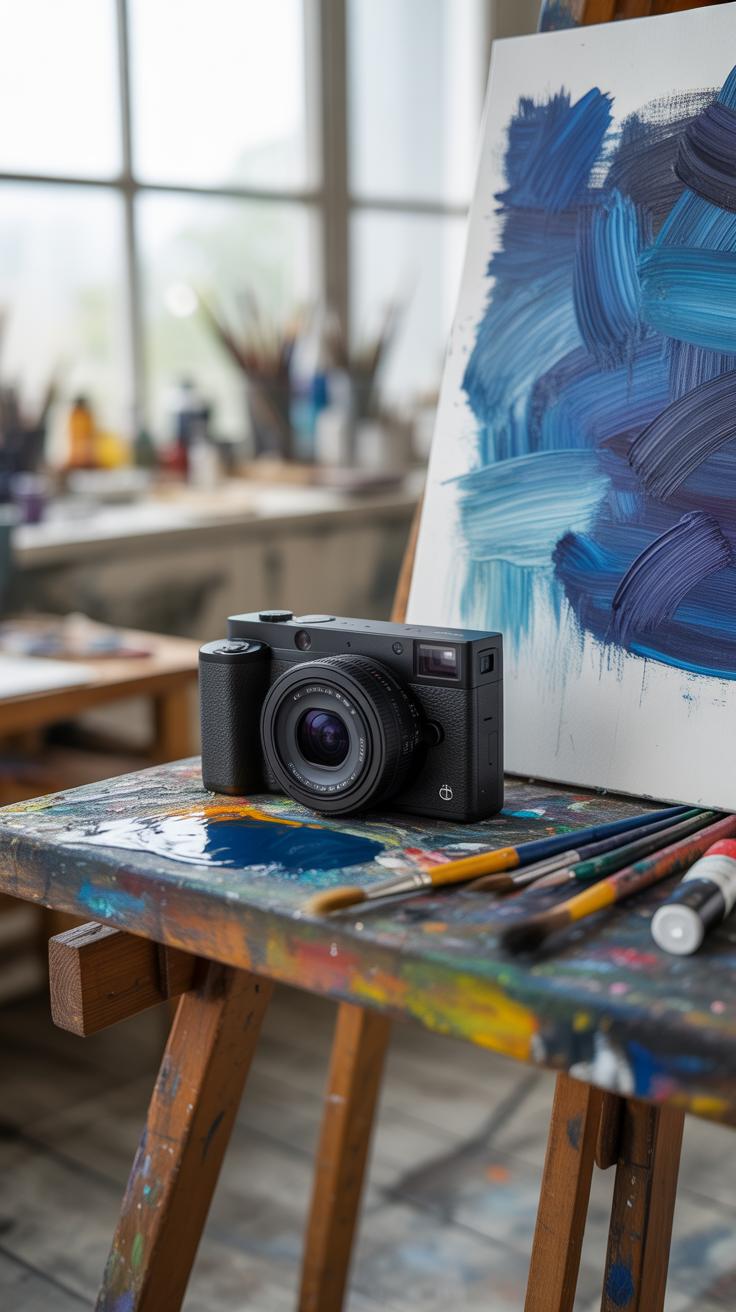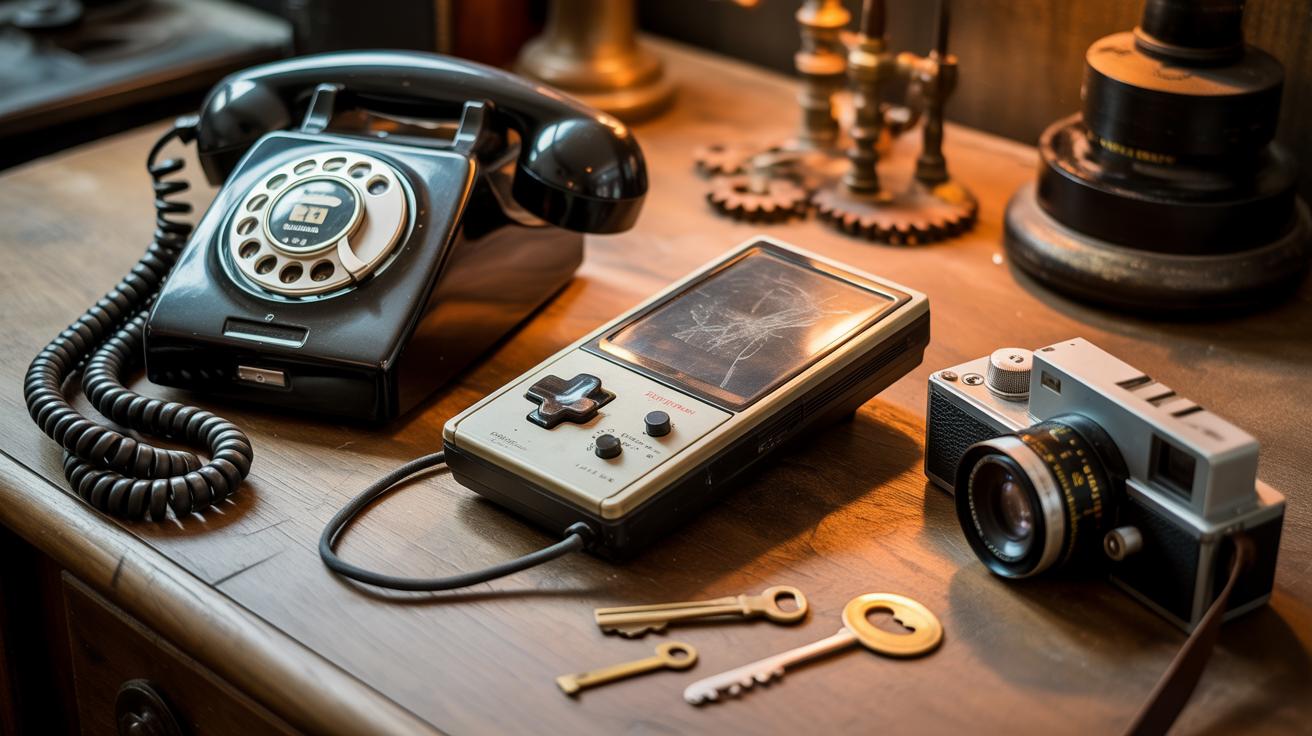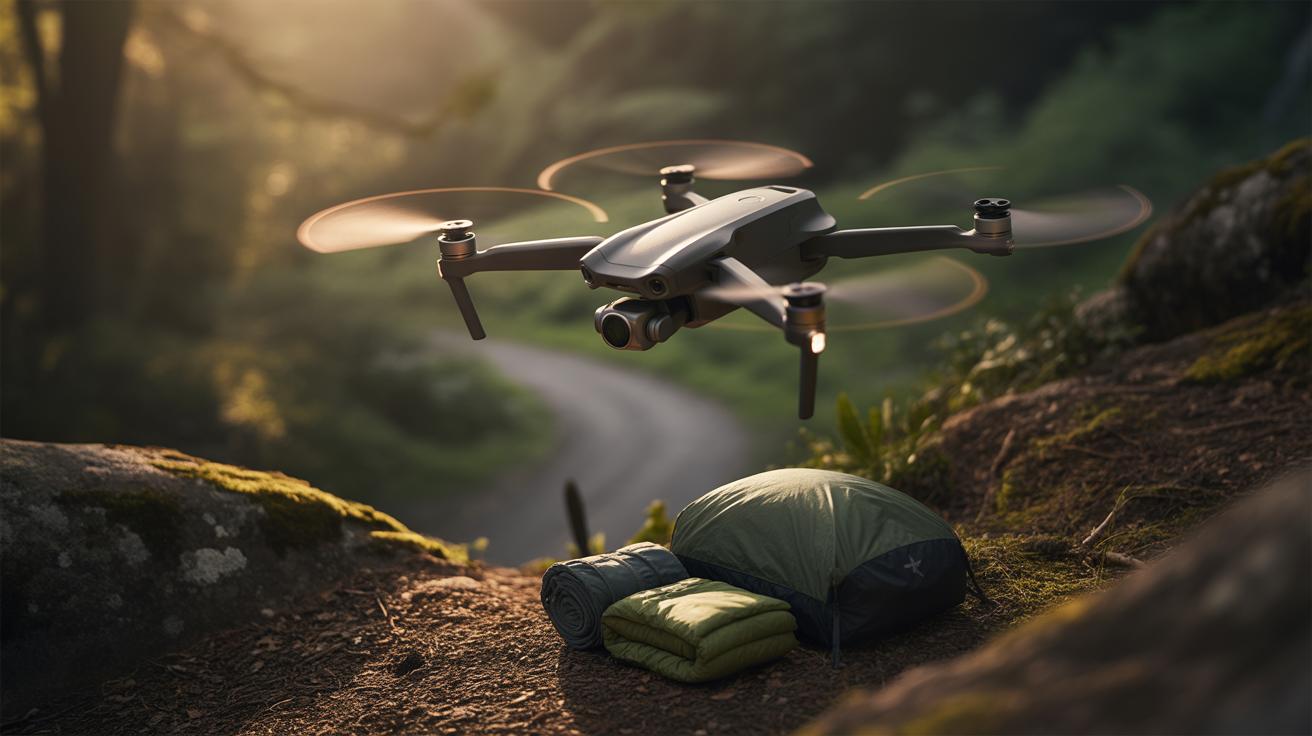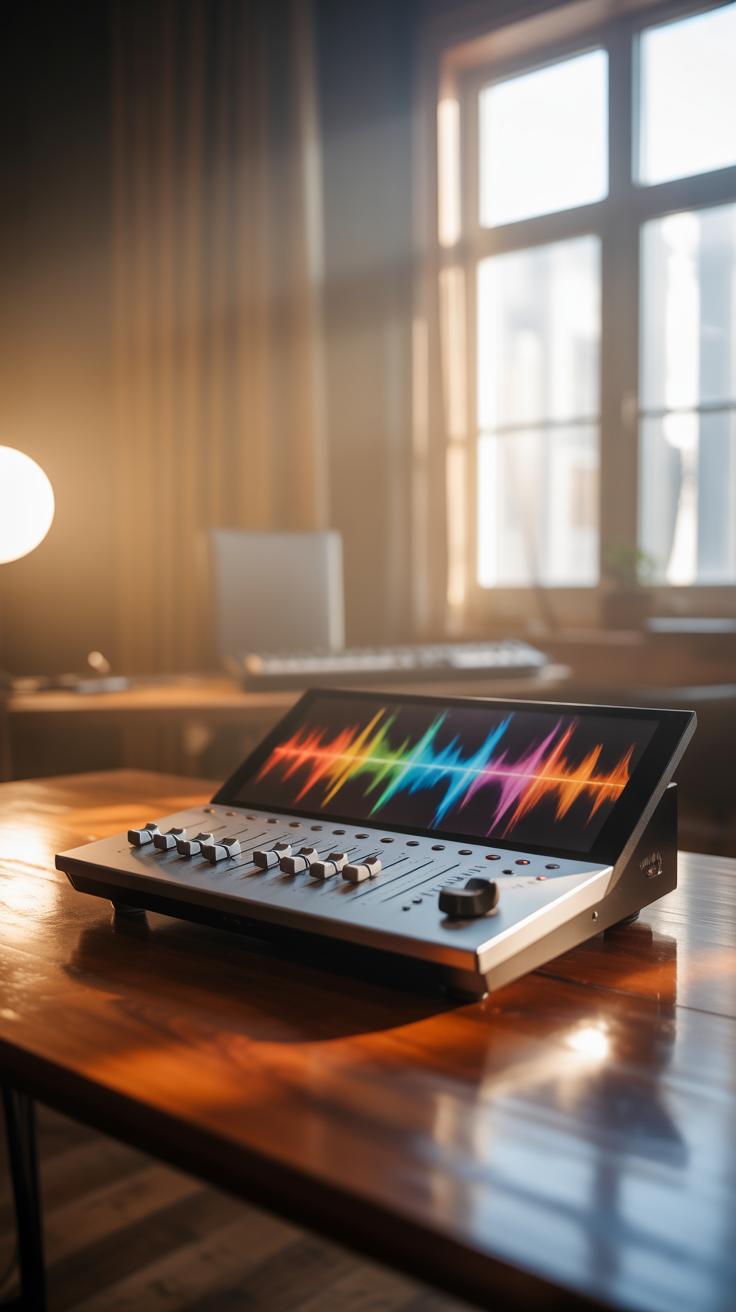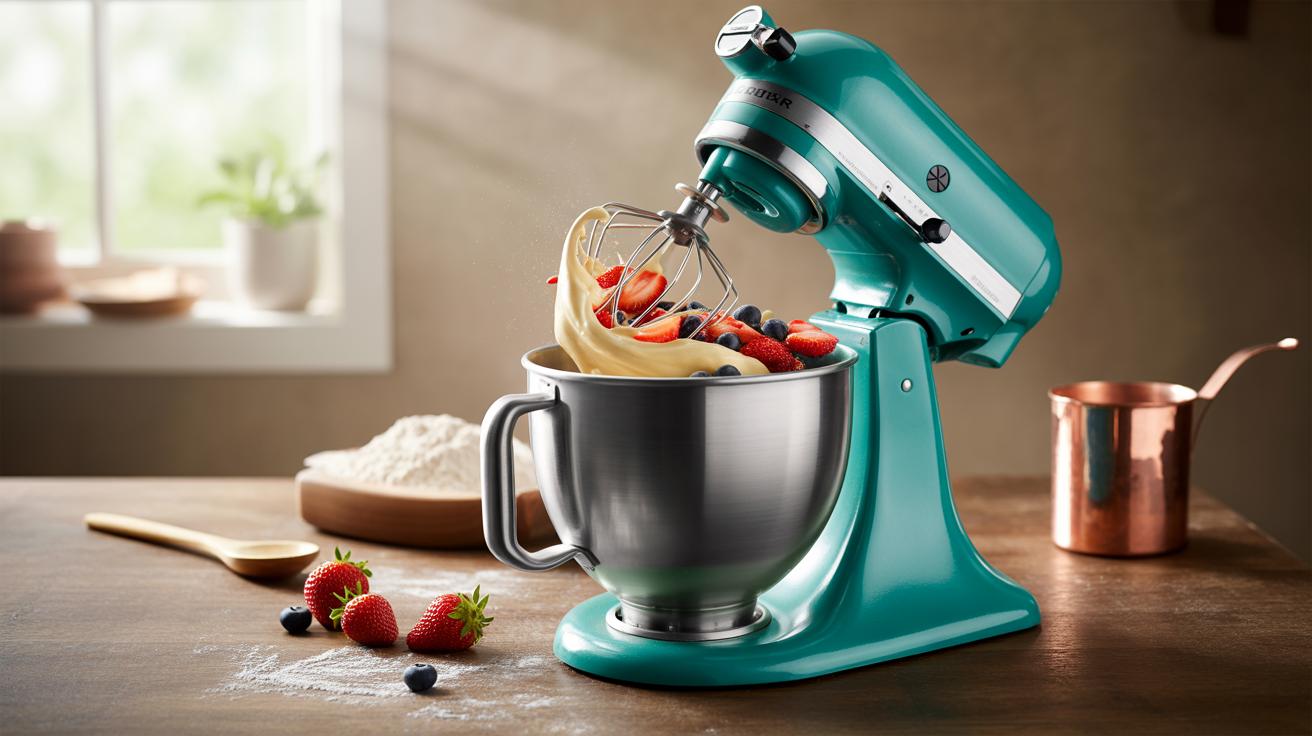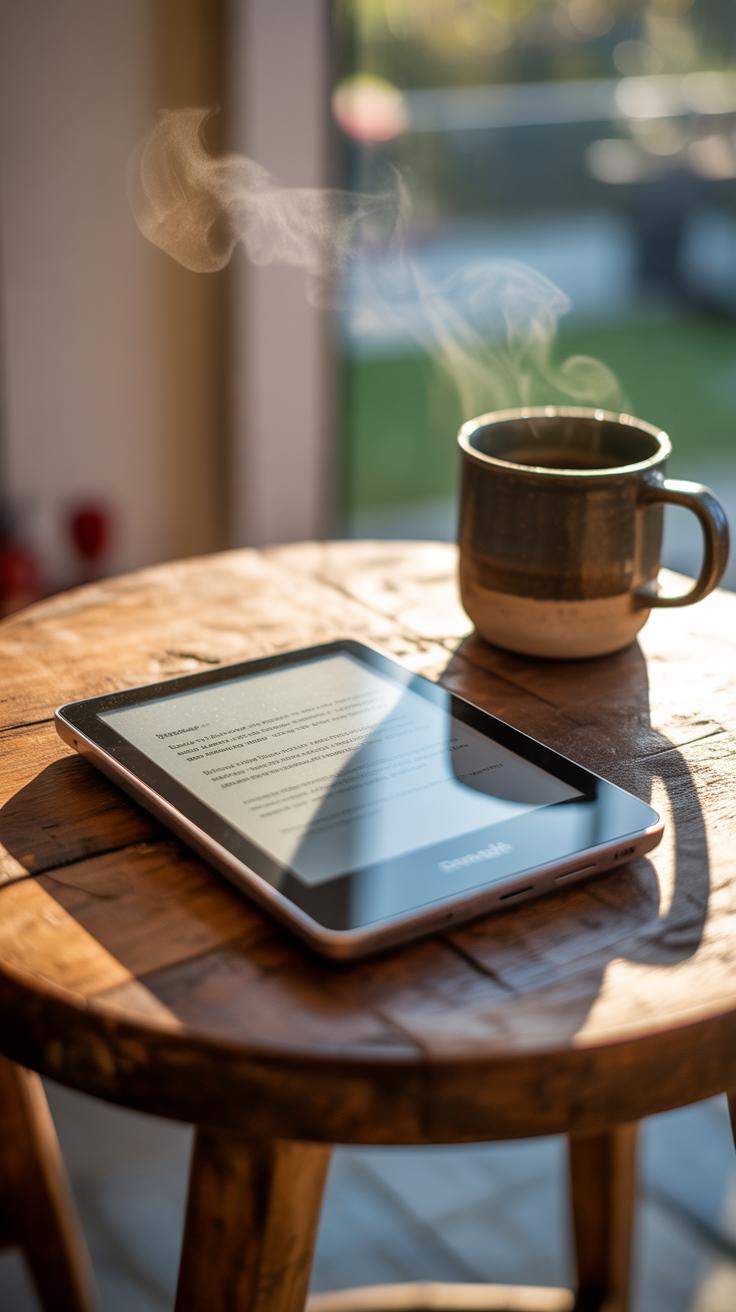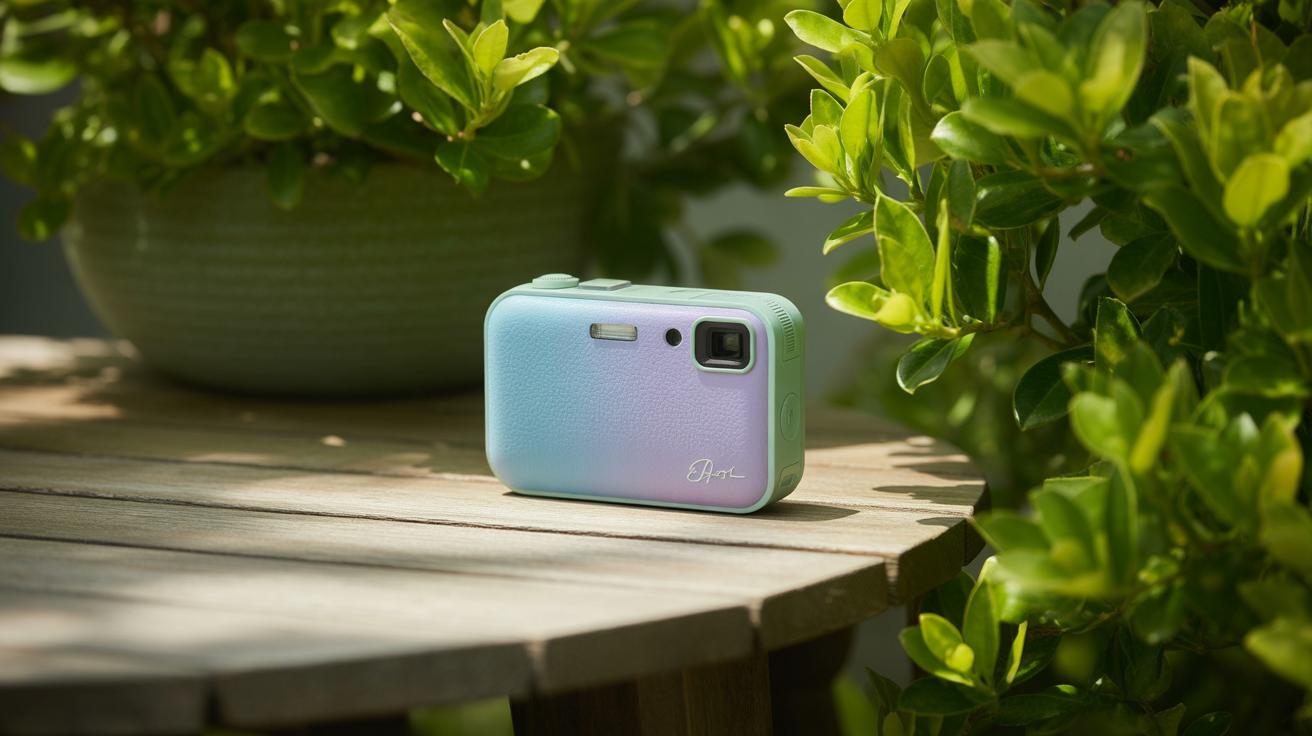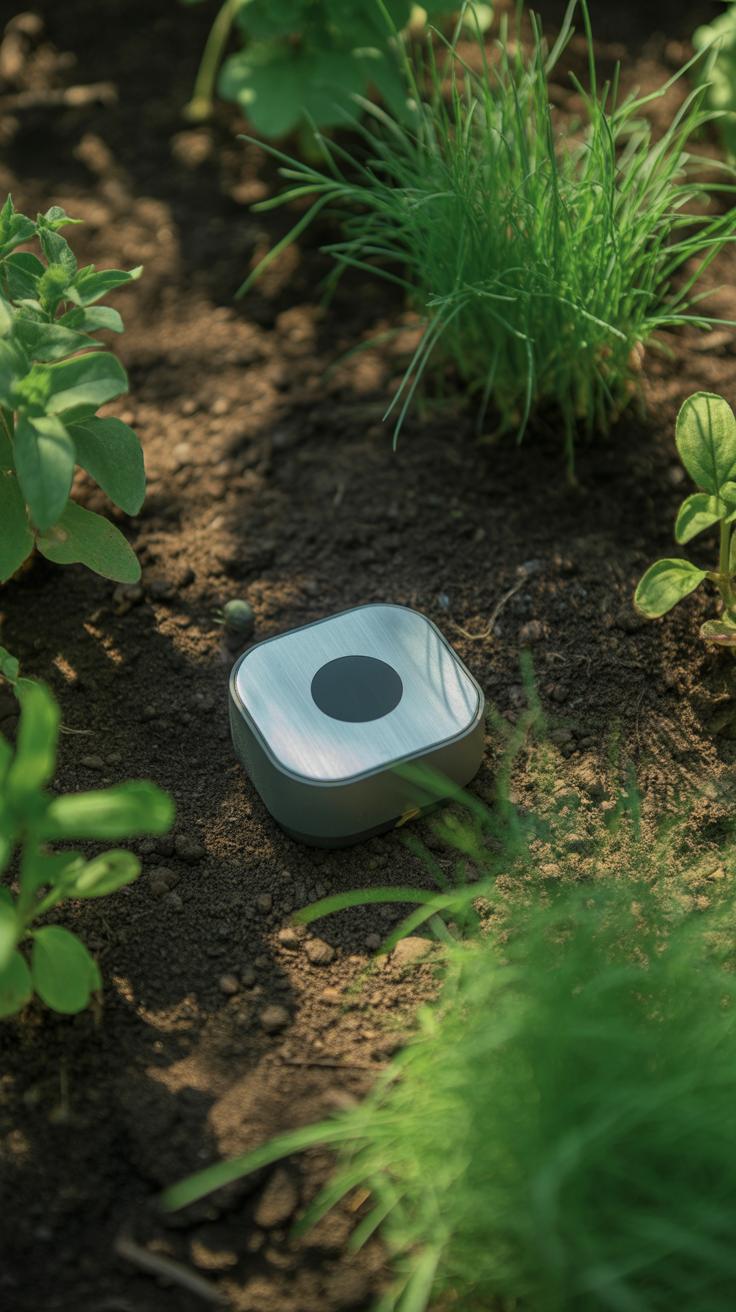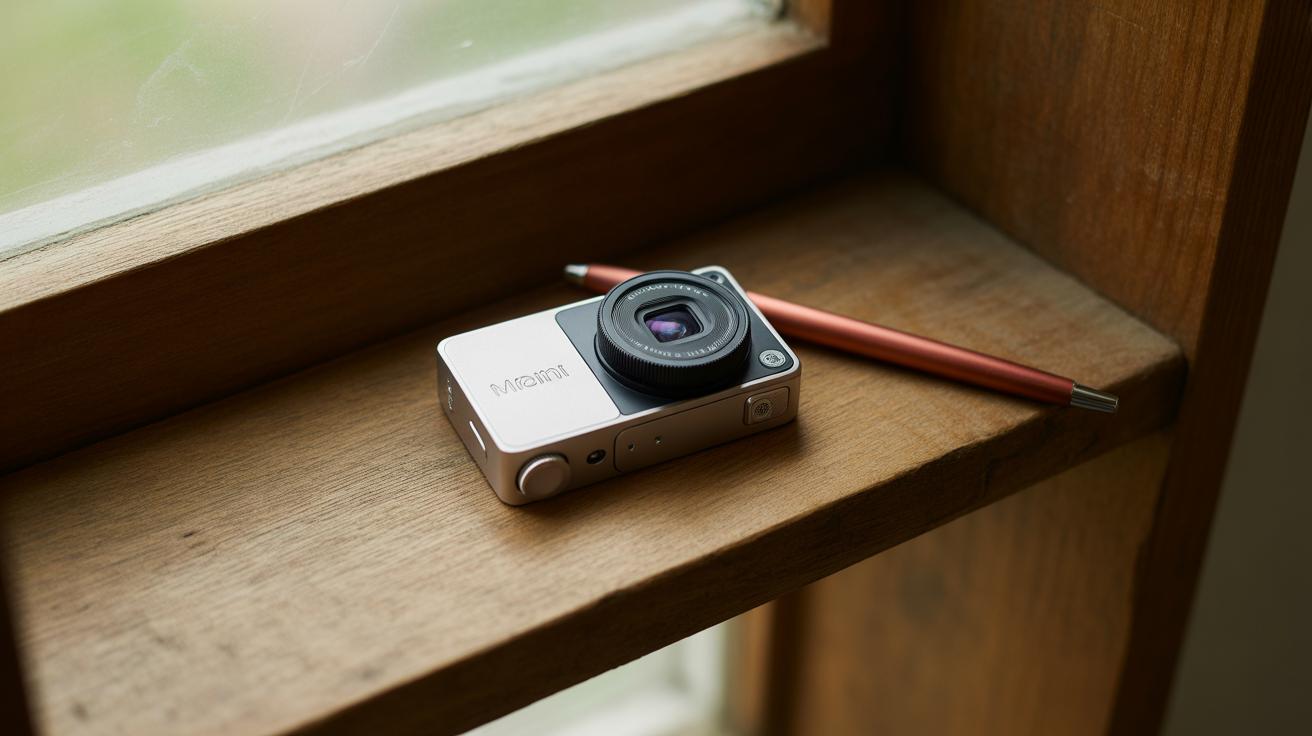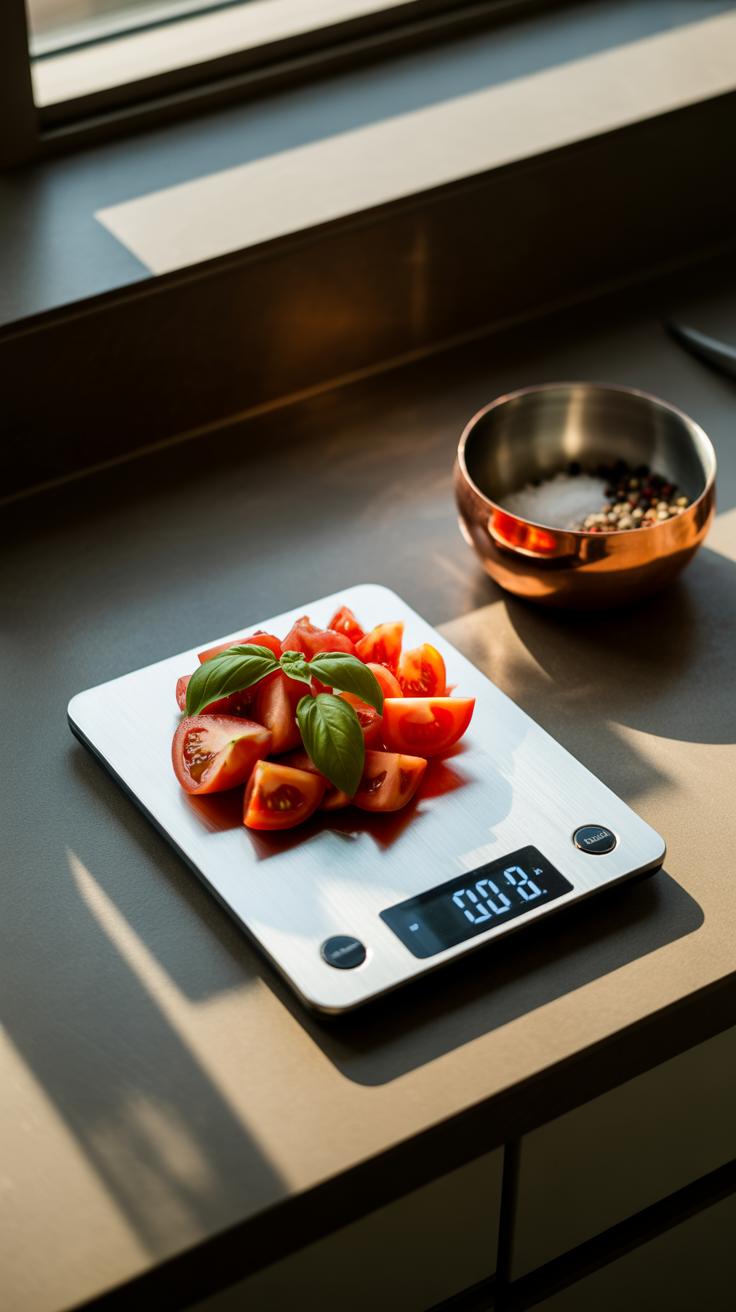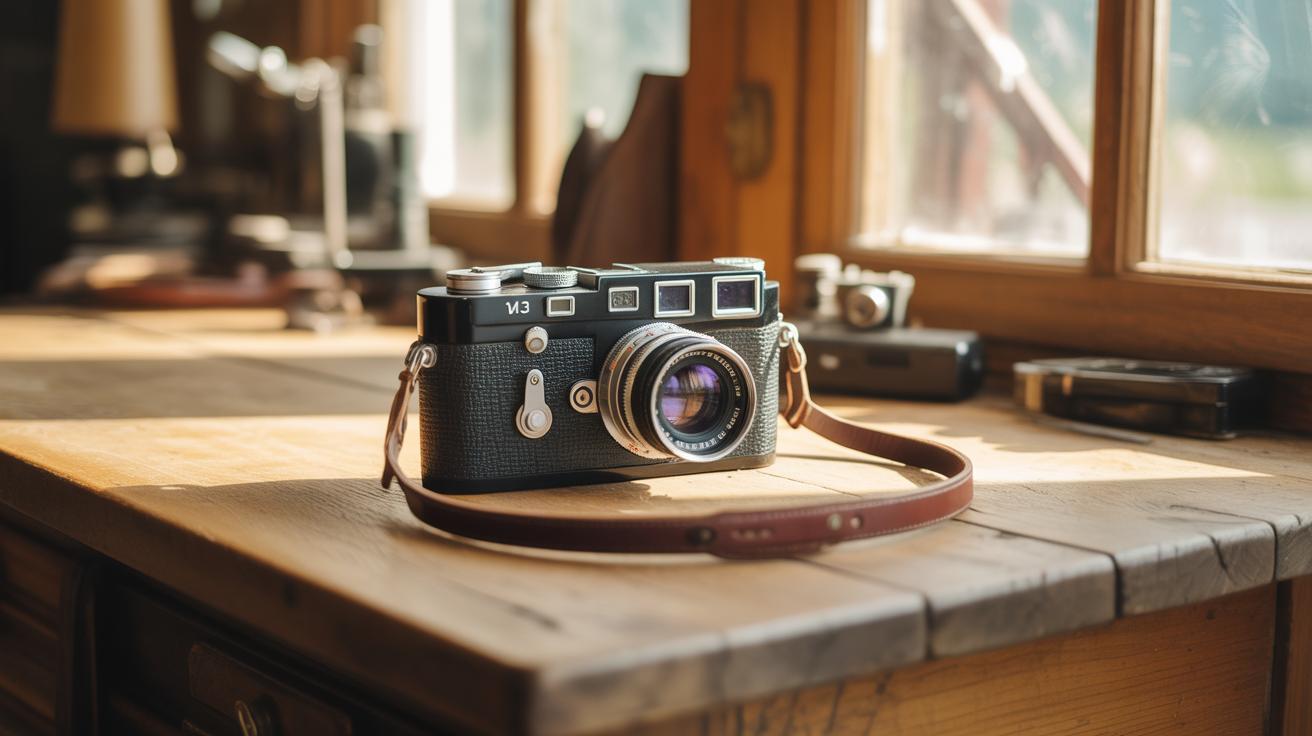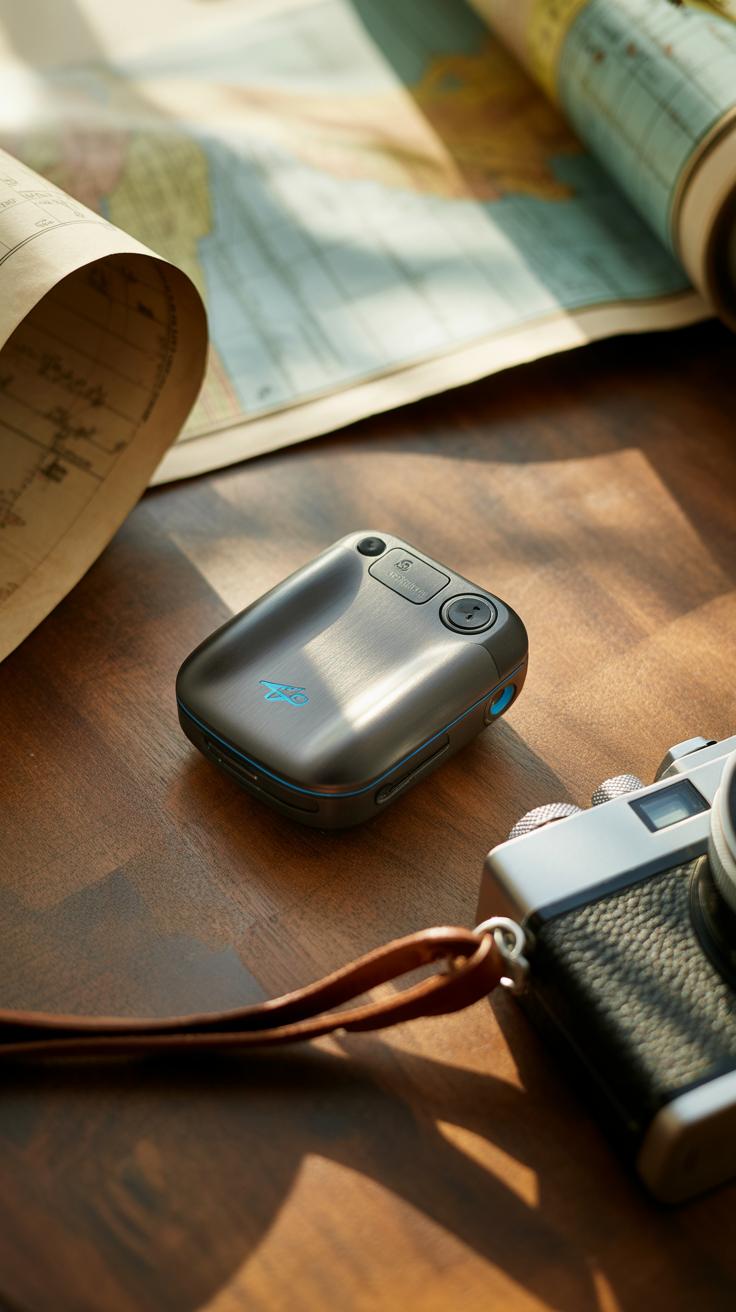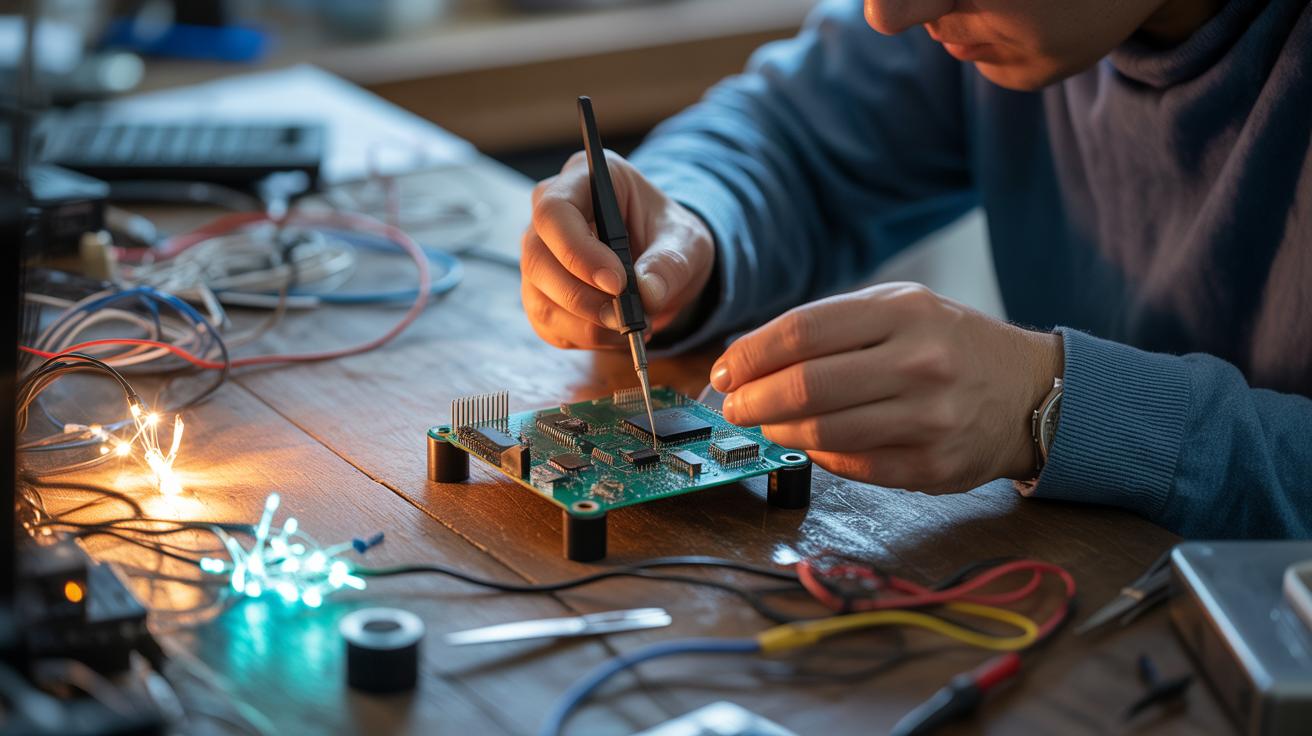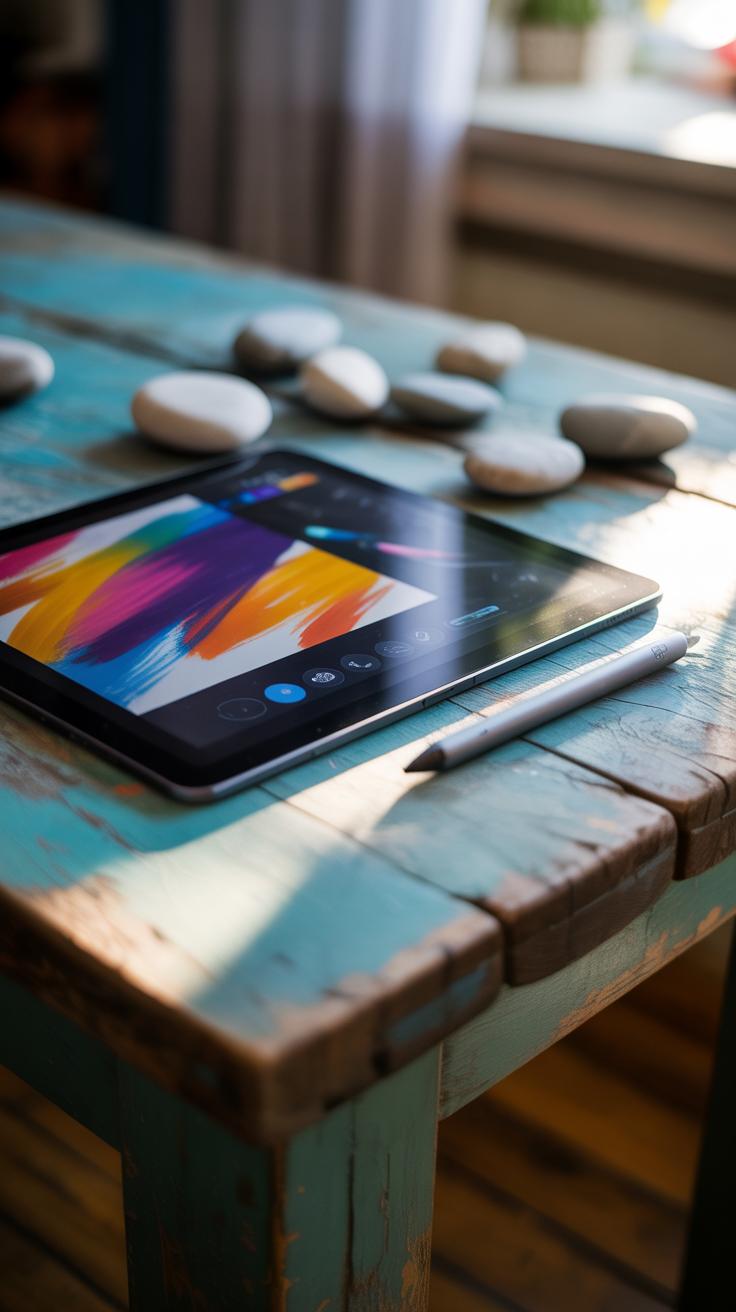Introduction
Gadgets are small tools that help us do things better and faster. Technology creates these gadgets, making our hobbies and interests more fun and easier.
In this article, you will see how different gadgets help in sports, arts, music, reading, and more. You will learn ways gadgets make your favorite activities more exciting.
Sports Gadgets
Sensors and screens have changed how you play and improve in sports. Fitness trackers, smartwatches, and GPS devices give real-time feedback during your workouts, which can push you to keep going harder or help you adjust when things don’t feel quite right. For example, a fitness tracker might show your pace dropping during a run, which could signal the need to slow down or hydrate. Sometimes, that nudge is all you need.
Smartwatches let you access a variety of apps and metrics without the bulk of carrying a phone. You can see your heart rate, calories burned, and even use coaching features. Many devices also include GPS, which maps routes and gives distance info—useful whether you’re cycling or playing football. It’s not only about numbers though; for some, seeing progress on a screen adds a spark of motivation that’s hard to find elsewhere.
Wearable Technology
Wearable gadgets now do more than just count steps. They monitor your heart rate continuously, track sleep quality, and even keep an eye on stress levels. These details give you a window into how your body handles exercise and rest. If your heart rate stays unusually high after a session, the device might suggest you take it easy the next day.
On the motivation front, many wearables offer reminders and challenges. Believe it or not, those little buzzes can be enough to get you up and moving after a long sit. Some people swear by these prods; others find them annoying. It really depends on how you like to be pushed. And, well, maybe how much you trust the tech in the first place.
Performance Tracking
Performance tracking gadgets go beyond just collecting data—they can reveal patterns and weaknesses. Heart rate monitors help you stay in the right zones for burning fat or improving endurance. Running apps break down splits and cadence, which can guide training plans or prevent injury.
Imagine noticing your stride shortens as fatigue sets in late in a run. Tracking gear highlights that, offering clues to fix it. Coaches and athletes use this information to tailor workouts, but you don’t need to be a pro to benefit. The feedback brings a new perspective to any exercise, making every move count. Have you ever wondered if your training really works or if you’re just guessing? These gadgets can answer that.
Creative Gadgets
Drawing and Painting Tools
If you’re exploring creativity through art, digital drawing tablets have changed the game quite a bit. These devices let you sketch, paint, and design directly on a screen or connected device with precision that feels close to traditional media. It’s not just about replicating traditional tools—these tablets often come with pressure-sensitive pens that mimic brush strokes, which can be surprisingly soothing once you get the hang of it.
What’s more, apps bundled with tablets often include tutorials and layering options that simplify experimenting with styles or undoing mistakes—something that’s hard with paper. I’ve found myself playing with details I probably wouldn’t fuss over otherwise. Plus, many beginners find these tools encourage practice because you can create and erase without wasting materials or starting over.
Smart pens, too, offer a middle ground—they capture your ink strokes digitally while writing or drawing on regular paper. This means you keep the physical feel but gain digital convenience later for editing or sharing. It’s a neat hybrid that might suit those still attached to pen-and-paper feel.
Photo and Video Tech
When it comes to photography and videography, gadgets have made capturing moments far less intimidating. Affordable mirrorless cameras and compact DSLRs offer manual controls if you want them, but still operate smoothly on automatic modes. That way, you don’t have to master every setting before snapping a decent shot.
Video tools like handheld gimbals and action cameras help steady footage, letting you focus more on your subject than your shaky hands. Editing software on phones or computers allows you to tweak colors, crop, or add effects quickly. Some even include AI features that suggest edits or improve details you might miss.
The ability to shoot in 4K on many devices now might feel like overkill, but it opens options for cropping or zooming during edits without losing much detail—which is handy if you want to focus on a specific part of the frame later on.
Think about how you capture your hobby’s moments. What would you change about your current setup? Sometimes small gadget upgrades make a surprising impact on your creative process.
Music Technology
Digital Instruments
When it comes to making music, digital instruments like keyboards and synthesizers have changed the game. These gadgets aren’t just for playing notes; they often come with a variety of sounds and effects built in. You can mimic almost any instrument—piano, strings, drums—right from one device. Some keyboards allow you to plug in headphones and practice quietly, which I find really useful late at night when your neighbors might not be as thrilled about your impromptu jam sessions.
What’s fun is how accessible these instruments have become. A beginner doesn’t need to know much to start experimenting with different tones and rhythms. On the flip side, advanced players can dive deep into programming sounds or layering tracks live. Sometimes, I wonder if this kind of gadget might even discourage some from learning traditional instruments properly, but then again, it opens doors for creativity that weren’t possible before.
Recording Gadgets
Recording technology has found its way into many homes with devices like microphones and audio interfaces tailored for easy setup. It used to be that recording decent music meant booking studio time, but now you can capture pretty clear vocals and instruments right from your laptop or even your phone.
A USB microphone combined with a basic audio interface can make a huge difference in sound quality. You plug in, open up your favorite recording software, and suddenly you’re producing tracks that don’t sound half bad. It’s not as simple as just pressing record, though—getting the right mic placement or managing noise can be tricky. Still, it’s amazing how these tools let hobbyists document ideas or share songs with friends without much fuss.
Have you ever tried recording a melody or a podcast at home? The experience can be surprisingly satisfying, even if the equipment isn’t top-tier. That personal touch is what counts, I think.
Reading Devices
E-Readers
E-readers have changed how many people approach reading. Instead of carrying physical books, you can store thousands in one slim device. That alone makes it convenient, especially if you like switching between genres or authors on a whim. But it’s not just about storage.
These gadgets usually have adjustable lighting and fonts, which helps reduce eye strain. Some even allow you to highlight passages or look up words instantly, making reading a bit more interactive. I once found myself reading late into the night without feeling too tired, which was a surprise.
Still, there’s a tactile thing missing. You don’t get the smell of pages, or the heft of a book in your hands. Some people say e-readers make the experience too digital. Yet, for sheer practicality and portability, they work really well.
Audiobooks
Then there’s audiobooks. Listening to stories or nonfiction while walking, cooking, or commuting can really open up time you might otherwise lose. You might wonder if listening counts as reading. I think it does, even if it feels different.
Audiobooks offer an escape when your hands are busy or your eyes are tired. Plus, you can pick whether to listen at a normal pace or speed things up, depending on your mood. Some narrators bring characters to life in ways the text alone can’t.
On the flip side, it’s easy to zone out without really absorbing everything. I find myself rewinding passages occasionally. Still, these gadgets make stories more accessible, and maybe they’ll change how you think about “reading” altogether.
Gardening Gadgets
Gardening has gained a new edge thanks to gadgets that make the process easier and, honestly, a bit more fun. You might think gardening is mostly about dirt and patience, but technology is quietly shifting that narrative. Two gadgets stand out particularly: smart watering systems and soil sensors.
Smart Watering
Imagine a device that waters your plants only when they need it. These smart watering systems use moisture sensors or weather data to decide when and how much water to deliver. It means no more guesswork or overwatering, which can be almost as bad as underwatering. For people like me, who sometimes forget to water or are away for a few days, these systems offer some peace of mind. They’re usually programmable, so you can adjust schedules based on season or plant type.
This kind of automated watering doesn’t just help your plants—it saves water too. You might think watering is straightforward, but lots of water goes to waste with traditional sprinklers. I’m still trying to convince myself these systems make a big dent in my water bill, but the environmental impact seems clearer. Plus, some models come with smartphone apps, so you get alerts or can tweak settings remotely. That part definitely feels like having a smart assistant for your garden.
Soil Sensors
Soil sensors measure things like moisture, pH, and nutrient levels, offering detailed insights that even experienced growers might miss. It’s kind of surprising how much those little details matter, right? I found that checking soil health manually was a bit of a guessing game, but with sensors, you’re tapping into real-time data. The sensors usually sit in the soil and send readings to an app or display, letting you know if the soil is too dry, acidic, or lacking nutrients.
That feedback allows you to adjust fertilizer use or watering schedules, which can lead to stronger plants or better yields. The funny thing is, some days I get so caught up in the numbers that I forget to actually look at the plants! Still, these sensors are a handy tool when you want to try growing something new or keep delicate plants thriving throughout the year. They are not perfect—sometimes they give mixed signals—but overall, they nudge you toward smarter gardening decisions.
Cooking Gadgets
Smart Appliances
Smart ovens and mixers are changing the way we cook. These appliances often come with sensors that adjust temperature or mixing speed on the fly, based on what you’re making. For example, a smart oven can lower heat automatically if it detects that the food inside is cooking too fast. You don’t have to watch over your dish constantly, which is a relief if you get distracted easily—or if you’re balancing multiple recipes at once.
Some mixers can sense the dough’s texture and adjust the speed or kneading time accordingly, which is handy if you’re still unsure about the perfect consistency. It feels a bit like having an experienced cook nearby, quietly stepping in when you might have overdone it or missed a step.
It’s not all perfect, though. Sometimes, these gadgets over-correct or don’t quite match your own cooking style. Still, they’re helpful companions, especially for those wanting to experiment without second-guessing every move.
Timing Devices
Timers might seem basic, but the smart ones can prevent more cooking flops than you’d guess. For instance, digital timers that sync with your oven notify you when a set temperature is reached or when cooking should stop. This can make the difference between a tender roast and a charred one.
Temperature probes are another valuable tool. Stick one in your meat or bread, and it tells you when the internal heat is just right. You avoid the guesswork of “is it done yet?”—which I think everyone can agree is a common cooking frustration.
Using these timing tools can give you the freedom to focus on other kitchen tasks or even relax a little instead of hovering. Yet, relying solely on gadgets might dull your instincts over time, which are quite essential in the kitchen. Still, for precision—and peace of mind—they do a pretty good job.
Travel Tech Gadgets That Make Traveling Hobbies Easier
Navigation Gadgets
When you’re out exploring new places, having a reliable GPS device or map app can change everything. It’s not just about getting from point A to point B, but about feeling confident and safe. Sometimes, you might find yourself doubting if the route suggested is the best one, especially in less familiar areas. But most GPS gadgets—like handheld devices or apps on your phone—offer details on traffic, alternative routes, and even points of interest along the way. I remember once relying solely on an offline map during a trip with spotty reception. It wasn’t perfect, but it stopped me from getting completely lost.
These tools also let you customize your journey—whether you want to avoid tolls, explore scenic paths, or check walking trails. And the mix of voice navigation and visual cues means you can focus more on your surroundings rather than constant map-checking. Sometimes they’re a bit too eager to reroute you, but it’s part of the deal. Do you prefer to let technology guide you, or do you still trust paper maps or instinct a bit more?
Portable Helpers
Traveling often means juggling devices and languages, and that’s where portable gadgets like power banks and translation tools come in handy. A portable charger can save your trip—no awkward searches for outlets or dead-phone panic at crucial moments. Some chargers are small enough to fit in a pocket but pack enough power for multiple charges, which I think is ideal when you don’t want to carry heavy gear.
Translation devices, too, offer more than just basic word swaps. Many now work offline and can pick up nuances or slang better than apps tethered to slow internet. They don’t always catch everything perfectly, but they make daily interactions less intimidating. Something as simple as ordering food or asking for directions suddenly feels less stressful. It’s curious how a small gadget can change your whole travel vibe. Have you tried a dedicated translator, or do you stick with your phone’s app?
Fitness and Health
Health Apps
Lots of apps now help you keep an eye on your diet, sleep patterns, and exercise routines. You might have tried a few yourself. They offer simple ways to log meals or track steps, but some go beyond just counting calories.
Some apps analyze your sleep cycles with surprising detail, nudging you to change habits or bedtime. Others connect with wearable devices to remind you when it’s time to move or breathe deeply. It’s almost like having a personal coach on your phone, although sometimes the reminders can feel a bit much. Still, setting small, measurable goals on these apps can nudge you to stay consistent, which is often the hardest part.
What I find interesting is how some apps sync with scales or heart rate monitors, creating a fuller picture of your health progress. But do you trust every suggestion they make? Probably not, and that’s where a bit of critical thinking comes in.
Smart Scales
Smart scales do more than just give you your weight. They connect to apps and track body composition like muscle mass, water percentage, and even bone density, depending on the model.
When you step on a smart scale, it sends data to your phone or tablet, showing trends over weeks or months rather than just a single number. This helps you see real progress—or when you’re stuck in a plateau.
They can be surprisingly motivating, though some people might obsess over numbers more than necessary. I’ve found it useful to compare scale data with how I actually feel or perform during workouts rather than taking every reading at face value. The integration with apps allows you to set targets and observe subtle changes you might miss otherwise, but interpreting these metrics can be tricky. You might wonder if constant tracking really helps or if it sometimes adds stress instead.
Learning Gadgets
When it comes to picking up new skills, gadgets designed for learning can really change the game. You might think it’s just about apps on your phone or tablet, but there’s more variety than that. For example, some devices specialize in delivering online courses that adapt to your pace, while others connect you with tutors in real-time. This mix lets you choose what fits your style, whether you’re the kind who learns best with videos, interactive quizzes, or live conversation.
Have you tried those language apps that keep sending notifications just to nudge you a bit? Some people find them annoying, but I found that little reminder helps with consistency—important when learning anything new. Plus, newer gadgets even incorporate voice recognition, which can sometimes surprise you by correcting your accent or pronunciation. And honestly, being corrected by a gadget feels less intimidating than a person. It makes practicing less of a chore.
Devices that offer virtual tutors or interactive lessons go beyond passive watching or reading. They make you an active participant. It’s like having someone there to ask questions, except it’s your device, ready 24/7. Sometimes, the responsiveness can feel a bit mechanical, but it’s still more interactive than just a book or video tutorial. For subjects like math or coding, where you need feedback quickly, these gadgets really come in handy. You get to test yourself and see where you slip up immediately.
So, if you want to learn a language or master a skill, these learning gadgets might improve how you engage with the material. But remember, they don’t replace your effort. They just make it easier to stay on track and get help when you need it.
Conclusions
Gadgets bring a new level of joy to our hobbies. They make tasks simple, add fun, and help you improve skills in many areas like sports or art.
Using the right gadget can change the way you enjoy your free time. Think about your hobbies and what tools could help. Technology is here to support your passions every day.

